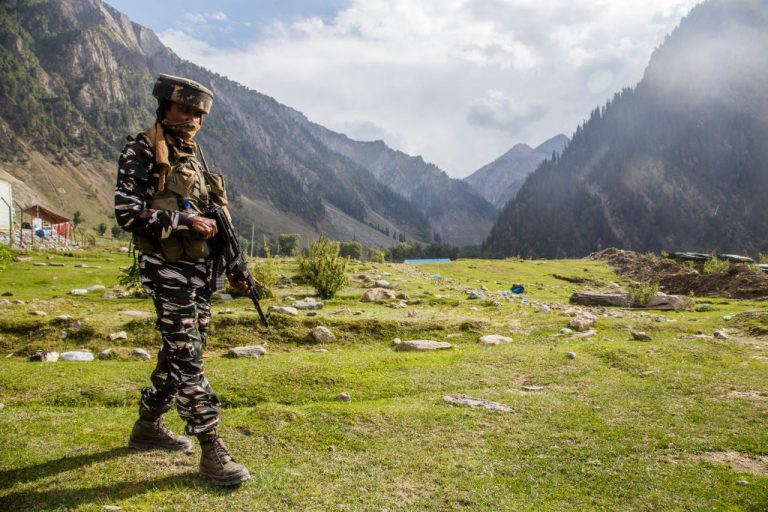Last years’ border dispute with India continues in diplomatic circles and reflects China’s continuing attempts to gain advantages over its neighboring country, even as India is placed under increasing pressure in the same Jammu and Kashmir region due to Taliban control of Afghanistan.
According to the Indian Ministry of External Affairs (MEA), the Chinese MFA’s recent inflammatory comments on the Galwan border incident that took place last year near the Line of Actual Control (LAC) are untrue. Meanwhile, the Indian government has stated that China acted “in contravention of all our bilateral agreements.”
The MEA’s complete statement in New Delhi on September 24 is as follows:
“We reject such statements. Our position with regard to developments last year along the LAC in Eastern Ladakh has been clear and consistent. It was the provocative behavior and unilateral attempts of the Chinese side to alter status quo in contravention of all our bilateral agreements that resulted in serious disturbance of peace and tranquility. This has also impacted the bilateral relations. As emphasized by EAM in his meeting with Chinese FM earlier this month, it is our expectation that the Chinese side will work towards early resolution of the remaining issues along the LAC in Eastern Ladakh while fully abiding by bilateral agreements and protocols.”
The Indian MEA said that China’s spokesperson had commented that the “‘Galwan valley incident took place because India violated all the treaties and agreements and encroached upon China’s territory illegally and crossed the line”.
Success
You are now signed up for our newsletter
Success
Check your email to complete sign up
As retold by India TV News, the border standoff between India and China heightened on May 5 of last year after a violent skirmish near Pangong lake. Both sides escalated until tens of thousands of soldiers and heavy weaponry were deployed in the midst of diplomatic talks. The tension then erupted full-force on June 15 when, with heavy armor and equipment deployed on both sides in the high-altitude region of Ladakh, a violent clash occurred in the Galwan Valley in which twenty Indian soldiers were killed in hand-to-hand combat.
In addition to China’s rhetoric blaming India for last year’s Galwan incident. Reports have arisen of some recent Chinese military infiltration activity in Uttarakhand that has not yet been confirmed. On September 29, it was reported with a local Indian news site, Newstrack, that 100 Chinese troops crossed the border into Uttarakhand last month together with 50 horses, destroying infrastructure before returning to China. The same article mentioned that recent infiltration occurred again in Ladakh. A telling Hindi comment offset the headline describing the People’s Liberation Army’s behavior of straying across the border and causing destruction: “Aadat Se Majboor” — that is, a slave of one’s habits.
According to a 1996 Institute of Peace report on China’s tactics in the South China Sea, the Chinese Communist Party is said to “test the other claimants through aggressive actions, then back off when it meets significant resistance.” These tactics are called “salami slicing tactics” in the west and Cán shí (蚕食) in Chinese, which translates to ‘nibbling like a silkworm.’ The tactics have also been considered by Ashley Tellis, a senior fellow at the Carnegie Endowment for International Peace, to be part of a territory-grabbing strategy.
In addition to the India-facing cán shí activity — including the crossing of borders, destruction of infrastructure, blocking of rivers, and diplomatic heists aimed at the neighboring country — this kind of behavior has also been witnessed in Bhutan, where, according to Foreign Policy magazine, China has built a “different” kind of Tibetan village — one across an international border, one that is actually “planting settlers, security personnel, and military infrastructure within territory internationally and historically understood to be Bhutanese.”














